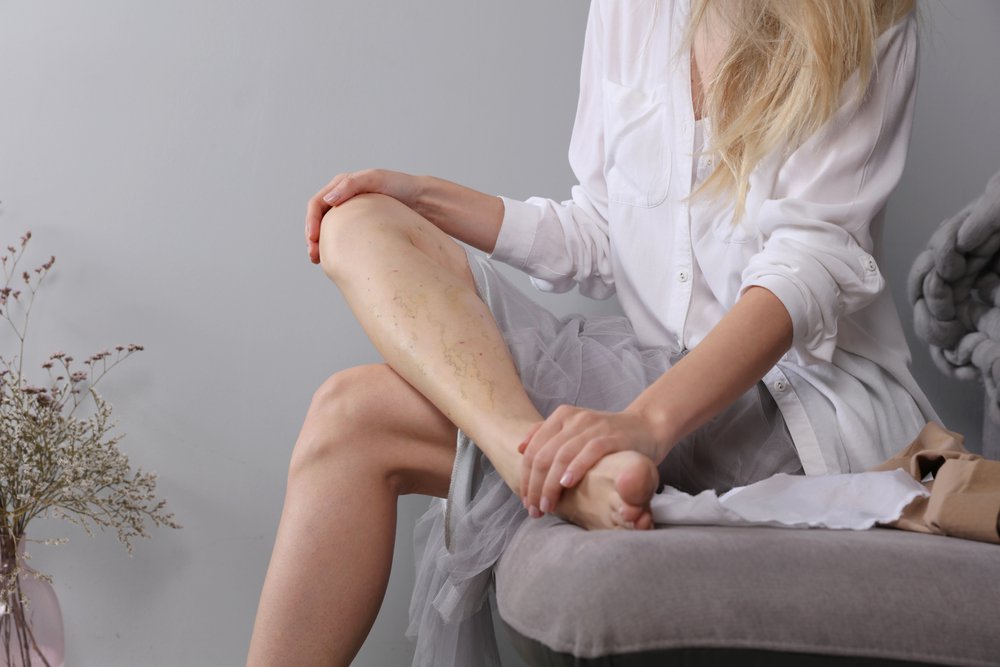
Leg ulcers are a common medical condition that affects millions of people all over the world. Though leg ulcers can be managed with self-care, they often require professional medical attention in order to properly heal and prevent worsening symptoms or new outbreaks. Here is the answer to what causes venous leg ulcers and how to treat them.
What Are Venous Leg Ulcers?
Venous leg ulcers are painful, open wounds located on the lower legs. If left untreated, they can lead to severe complications such as infection and scarring. Typically, these ulcers form when the valves in the veins become weakened or damaged causing blood to pool in the vein and pressure to build up around it.
As a result, fluid seeps out of the vessels and collects in surrounding tissue creating an environment that promotes bacterial growth and causes an open wound on the skin surface. A venous leg ulcer can be very uncomfortable and even disabling for those who suffer from them and require specialized medical treatment in order to properly heal and prevent worsening symptoms or new outbreaks.
How Do Venous Leg Ulcers Occur?
Venous leg ulcers occur when the walls and valves of the veins in the lower legs become weakened or damaged. This causes the blood to pool in these areas, creating a buildup of pressure which allows fluid to seep out and into the surrounding tissue. As a result, bacteria can start to grow and an open wound can form on the skin's surface.
Venous leg ulcers are more likely to occur in people who have already had issues with circulation in their legs like varicose veins, deep vein thrombosis (DVT), or trauma. They are also more likely to occur when there is immobility due to aging, obesity, surgery, pregnancy, or other conditions. It is important for those at risk of developing venous leg ulcers to seek medical treatment if they notice any signs so that they can be properly treated and managed.
What To Do If You Have Venous Leg Ulcers
If you think you may have venous leg ulcers, it is important to seek medical attention right away. Your healthcare provider can determine if you have a venous ulcer and advice on the best treatment plan for your situation. Treatment typically involves keeping the wound clean and dry, applying medications as prescribed by your doctor such as antibacterial ointments and bandages, elevating the affected leg, exercising regularly, and wearing compression stockings to improve circulation.
Additionally, steps should be taken to reduce risk factors such as obesity or an inactive lifestyle that can worsen symptoms. With early diagnosis and proper treatment, most people with venous leg ulcers can expect full recovery with minimal scarring.
How Are Venous Leg Ulcers Diagnosed?
Venous leg ulcers are typically diagnosed through a physical exam. The doctor will look at the affected area and assess symptoms such as swelling, redness, pain, or discharge in order to determine if a venous leg ulcer is present. Imaging tests such as ultrasound can also be used to assess the blood flow in the veins and detect any blockages. In some cases, other tests may be recommended such as blood tests to rule out other possible causes of the leg ulcer.
How Are The Ulcer Wounds Treated?
Venous leg ulcer wounds can vary due to the severity of your wound. Removing the wound tissue, surgical care, systemic hyperbaric oxygen therapy, bioengineered skin substitutes, and vacuum-assisted closure are all common treatments for venous ulcer wounds. Aftercare of venous leg ulcers typically involves keeping the wound clean and dry, and applying medications as prescribed by your doctor such as antibacterial ointments and bandages.
In addition, steps may be taken to reduce risk factors that can worsen symptoms such as obesity or an inactive lifestyle. Surgery is usually only recommended in severe cases. It is important to emphasize that full recovery from a venous leg ulcer requires long-term treatment and commitment from both the patient and the healthcare provider.
How To Prevent Venous Ulcers
Prevention of venous leg ulcers involves avoiding activities or situations that can increase the risk of developing a leg ulcer, such as long periods of standing or sitting, sun exposure, injury to the lower legs, and smoking. Keeping an active lifestyle and maintaining a healthy weight can also help to decrease the risk of developing a venous leg ulcer.
Additionally, compression stockings may be recommended by your doctor if you are at high risk for developing a venous leg ulcer due to poor circulation in the legs. Proper care of any existing skin conditions and wounds is important, as they can increase your chances of developing a venous leg ulcer if left untreated.
It is important to get regular checkups with a healthcare professional to ensure early detection and treatment should any signs or symptoms of a venous leg ulcer present themselves.
If you are experiencing venous leg ulcers, visit our expertly-trained physicians at Sinai Laser Vein Center for a consultation, or schedule an appointment directly from our website today!
